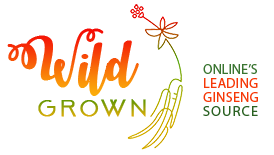Here are two articles from Sylvans ginseng site.
It states that in New York and perhaps other states, that back about 100 years ago or more, there were many that planted ginseng seeds back into the wild.
I was not aware that they did this way back then.
Here is a quote from one article and the the link for them in full.
\"By bringing this fact to the surface, it will assuredly anger the many environmental groups that have directed their efforts to saving the \"wild\" ginseng. Whom, I might add, have my utmost respect and support in achieving their goals of protecting this beautiful native plant, but common sense must prevail. The call for the total ban on the digging of \"wild\" ginseng will do nothing more than accelerate the extirpation of the existing plants. I am of the belief that there is very little, if any, \"true\" wild ginseng remaining today, only old cultivated ginseng.\"
www.catskillginseng.com/html/articles/oldroot.htm
www.catskillginseng.com/html/articles/wild.htm
I don't know if I totaly believe this, but it was interesting reading.
classicfur

